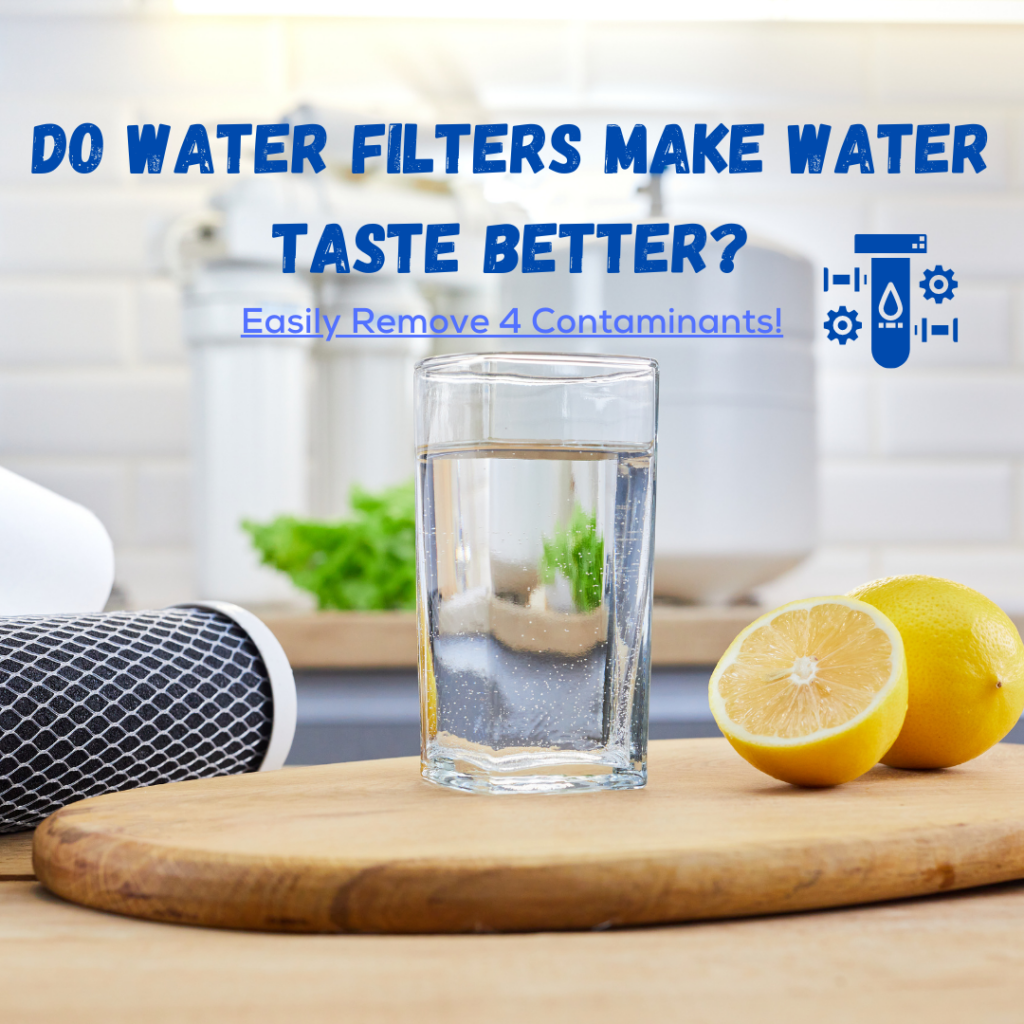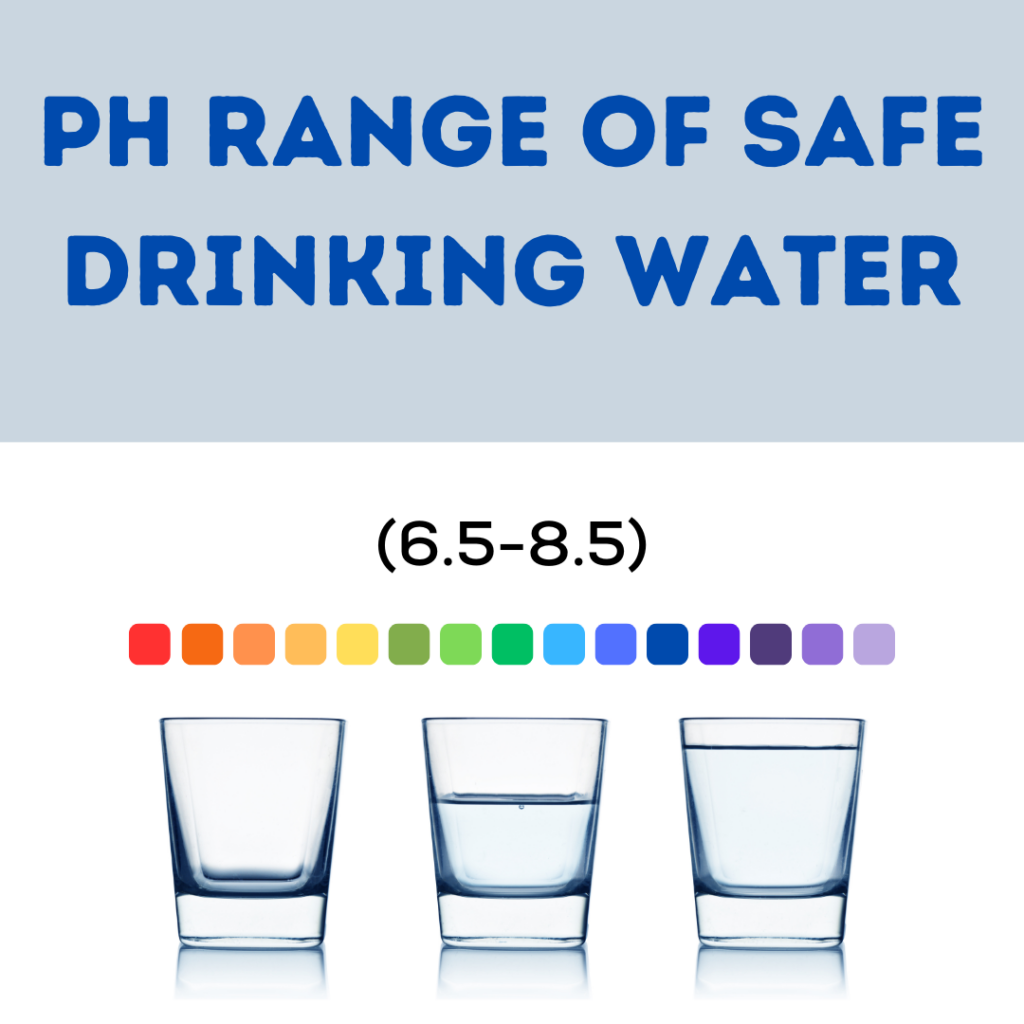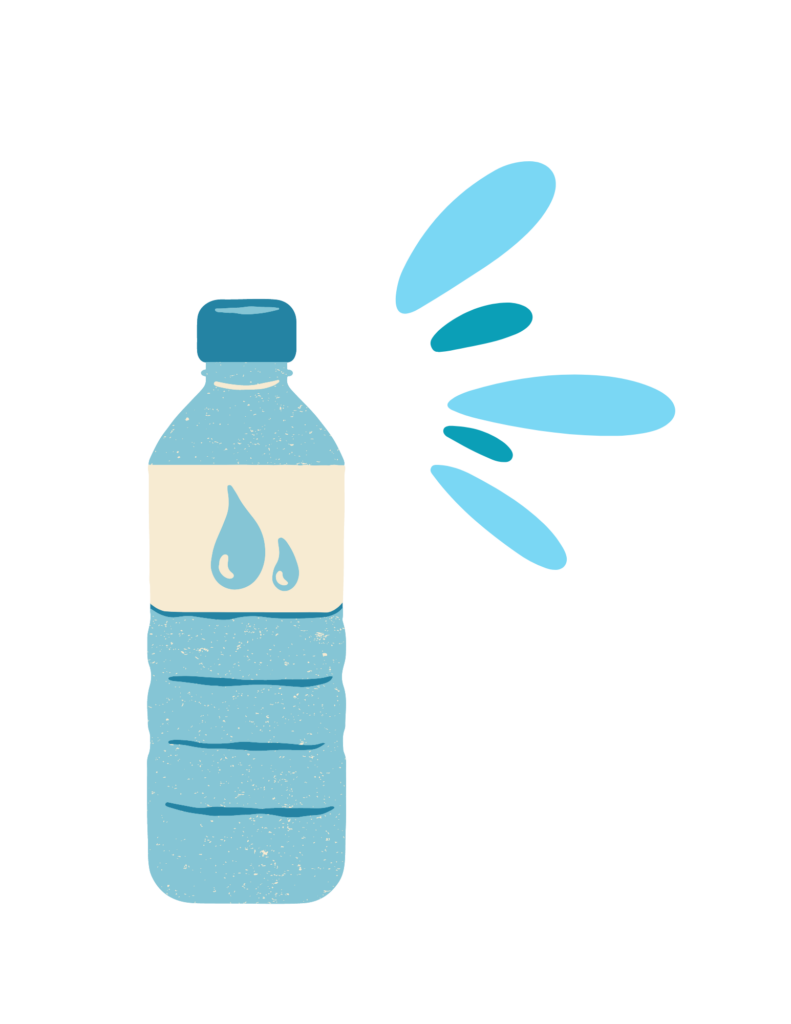Do Water Filters Make Water Taste Better? Easily Remove 4 Contaminants!
It’s not uncommon for tap water to taste…well…not the best. It’s hard to drink or cook with water that tastes yucky! So do water filters make water taste better?
Some water filters can help improve the taste of water. Activated carbon filters are ideal for the removal of chlorine. Reverse osmosis filtration systems with alkaline ionization filters can also improve the taste of water by raising the pH levels. It is important to first identify the contaminants causing the unpleasant taste before employing a filtration system.
Read on to learn more about the most common reasons for foul-tasting water and how to fix them!

Does filtered water taste better than tap water?
Regardless of the source, water will always have a certain level of contamination from either naturally occurring materials or man-made products. Since water filters remove contaminants, there is a high chance that your filtered water will taste better than tap water.
However, this won’t always be the case since different water filters remove different contaminants. If you are concerned about a particular taste in your water, first investigate the causative contaminants and choose the right filtration system.
How do water filters improve the taste of water?
So do water filters make water taste better? Stick around- there’s a lot to talk about!
Reverse osmosis (RO) filters
A reverse osmosis system (RO) employs a semi-permeable membrane to filter out contaminants that can alter the smell, taste, and overall quality of water. RO systems are typically point-of-use filters. You can place them under the sink or connect them to your fridge.
Examples of contaminants that RO systems eliminate are lead, arsenic, chlorine, hard metals, iron, and more. In an RO system, water on the salt side of the RO membrane is pumped at high pressure and forced across, filtering out almost all contaminants in the water. The water also passes through a carbon filter to remove chlorine.
The RO system will ultimately improve the taste of water. However, these systems remove all minerals- including those that are beneficial to our bodies, like calcium and magnesium.
Carbon filters
Activated carbon filters are widely used in homes. They offer a cheap and convenient means of water filtration. These systems usually have a cartridge filled with burnt coconut shells. Other common materials used are bituminous coal and wood-based media. Activating carbon increases the surface area for adsorption because carbon particles are porous.
As water passes through the activated carbon, impurities like chlorine that can alter the taste of water adhere to the carbon particles. This process is called adsorption.
Carbon filters are ideal for people encountering foul tastes from the presence of chlorine in their water.
Ceramic filters
Ceramic filters utilize a hard ceramic casing with small holes as the filter medium. You may find filters using a ceramic casing together with a carbon filter for a double-step filtration process. These systems remove dirt and bacteria, the contaminants responsible for giving the water a dirty or fishy taste.
That being said, ceramic filters will only remove dirt and bacteria. You should couple this system with another system, like an activated carbon filter, to remove other contaminants present in the water.
What can make filtered water taste bad?
Upon installing a filtration system, you may expect delicious and refreshing water. So what can make filtered water taste bad?
- Expired filters. Water filters degrade over time. When they are filled with contaminants, you may end up with foul-tasting water.
- Corrosion of pipes in whole house filtration systems. When metal pipes supplying water from a point-of-entry filtration system corrode, you may get a metallic taste in your water. You will need to replace the old corroded pipes.
- Using the wrong type of filter. As we mentioned earlier, you should first identify the contaminants in the water before installing a reverse osmosis filtration system. You might filter for chlorine to improve the taste, while your water actually contains sulfates.
- A pH imbalance after water filtration. A filtration system may increase or reduce the pH level beyond the recommended range, leading to a change in taste.
How does pH level affect the taste of water?
A pH scale can help you gauge the acidity or alkalinity of your water. Water with too low of a pH scale will have a sour taste from its acidity. If your water’s pH level is too high, it is likely to have a bitter taste.
The U.S. Environmental Protection Agency (EPA) recommends that drinking water should be in the pH range of 6.5- 8.5. If the pH level is causing problems with the taste of your water, you can use alkaline water filters. These filters add minerals back to the water to raise the pH level and will improve how it tastes.

Why does my filtered water have a metallic taste?
The distinct metallic taste in your water is due to dissolved metals. Metals like zinc, iron, and magnesium can give your water a metallic taste when dissolved in high quantities.
Here are other common tastes found in water and their causes.
- Bitter Taste. When your water has high levels of total dissolved solids (TDS), it will probably have a bitter taste. If your house has copper pipes, you may also encounter a bitter taste from corrosion.
- Chemical Taste. Water with a chemical taste is likely to contain high levels of chlorine. Water treatment plants use chlorine as a disinfectant. The chlorine is not harmful to your body but will produce some nasty-tasting water!
- Salty Taste. A salty taste often stems from a high concentration of dissolved chloride ions. Sulfates, which are common in solids, can be washed up and emptied into water sources and cause a salty taste. This is more common in coastal areas but can also occur in cities.
- Sour taste. A high concentration of heavy metals will make your water acidic, giving it a noticeable sour taste. If your water tastes sour, be careful. Sour water is not safe to drink.
Why does my filtered water taste like fish?
Filtration systems using ion-exchange resin are likely to cause fishy-tasting water. When the anions (negatively charged ions) in the resin decompose, they produce a by-product called trimethylamine. This compound is also produced by decaying fish flesh. So water passing through an expired ion exchange filter may attract a fishy smell.
If you are using this kind of filtration system, make sure you regularly replace the filters. It would be best to avoid such a scenario because trimethylamine is strenuous to wash.
If you are not using an ion exchange filter and your water still has a nasty taste, replace your filters. When filter cartridges have outlived their service life, they get faulty. A buildup of sediments and contaminants in the filter cartridge can give your filtered water an unpleasant taste.
Why does filtered water taste like plastic?
When the pipes or plastic parts in your filtration system degrade, you may experience a plastic taste in your water. You should clean and flush your filtration system. If you are using a whole house filter, replace your pipes to get rid of the plastic taste.
If you are using a water filter pitcher and your filtered water tastes like plastic, disassemble and wash the parts. Let the parts air-dry in a well-ventilated room, assemble the pitcher, and check to see if the taste is gone. If the taste persists, consider buying a new filter pitcher.
Which filter should I buy if I want the best-tasting water?
For the best-tasting water, go for a reverse osmosis water filtration system that uses a 3-stage or 5-stage filtration process. The multiple stages of filtration are dedicated to the removal of different impurities in the water, and the result is usually great-tasting water.
By the way, have you ever wondered why Starbucks water tastes better than most water you have ever taken? The secret is the 3-stage filtration they use.
If you head to Amazon, you will find lots of great RO systems you can get for your home. APEC Water Systems Essence 5-Stage Reverse Osmosis is one of our top picks. It is a five-stage filtration system capable of removing almost all contaminants responsible for bad water taste and is therefore guaranteed to give you great-tasting water.
Does a Brita filter change the taste of water?
The question we’ve all been waiting for- do Brita filters make water taste better?
Most tap water contains a mix of minerals, metals, and chemicals that can affect the taste. A Brita pitcher reduces many of those impurities. These filters employ an activated carbon filter cartridge to get rid of chlorine and other contaminants responsible for altering the taste and quality of water.
Do water filter jugs make water taste better?
Water filter jugs fitted with an activated carbon filter will improve the taste of water. This is the case for those dealing with chlorine. Places with extreme water contamination may need a more complex filtration system to remove unpleasant tastes from water.
Water from filter jugs may not be safe for drinking since these filters do not remove a wide range of contaminants.
How do I make tap water taste like bottled water?
If you don’t have a filtration system installed, here are some DIY hacks to make your tap water taste like bottled water.
- Lemon slices. You can add lemon slices to your water to get rid of that harsh flavor since it is a natural softener. Just place a few slices in a glass of water for a refreshing experience.
- Cucumber slices. Adding cucumber slices to your tap water before drinking will help remove that chlorine taste in water. You should let the water sit for half an hour before drinking for the best results.
- Mint. Adding mint to your water will give it a refreshing and crisp taste. This herb is safe to use, and continued use does not pose any health problems.

How do I make water taste less like chlorine?
Chlorine is used by most water management systems to kill disease-causing microorganisms. While chlorine may not pose an immediate health hazard, your water will likely wreak of it!
So, how do you get rid of the chlorine taste?
| Activated charcoal | Helps get rid of the chlorine taste |
| Reverse osmosis | Helps remove chlorine particles |
| Boiling water | Helps release chlorine from the water |
Is it safe to drink sour water?
A sour taste in water usually signals a low pH or acidic water. You should refrain from drinking acidic water because you may be exposing yourself to heavy metal poisoning and other toxic contaminants.
Acidic water can also destroy your teeth, enamel, and bones. Additionally, water with a low pH will corrode your pipes, increasing the odds of consuming metallic contaminants.
Filtration systems with post-alkaline filters are the go-to gadgets for such an issue. They raise the pH level of water by adding minerals back to filtered water.
Final thoughts
There are several reasons your water has an unpleasant taste. Different contaminants display different characteristic tastes. You can get rid of poor taste in water by installing water filtration systems. Always test your water and keep in mind how contaminants affect the taste of the water before choosing a filtration system.
Let Us Know How We’re Doing!
Did this expertly prepared resource answer your question?
Do you have another question about home maintenance, home improvement projects, home appliance repair, or something else?
Get more information, send in questions and keep the discussion going by contacting the I’ll Just Fix It Myself company customer service team at at 1-800-928-1490 or Email us at [email protected]
